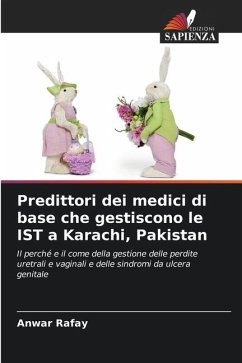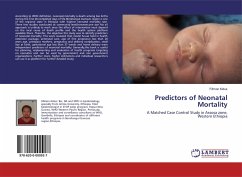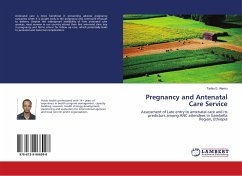
Predictors of GPs who manage STIs in Karachi, Pakistan
The Why & How of managing Urethral & Vaginal Discharge and Genital Ulcer Syndromes
Versandkostenfrei!
Versandfertig in 6-10 Tagen
24,99 €
inkl. MwSt.

PAYBACK Punkte
12 °P sammeln!
Sexually Transmitted Infections (STIs) are diseases that are commonly transmitted between partners through some form of sexual activity. STIs probably have been around for thousands of years, but the most dangerous of these conditions, the Acquired Immuno-Deficiency Syndrome (AIDS), has only been recognized in the early eighties. As AIDS is incurable, this has propelled STIs in global focus depicting that reducing the likelihood of its incidence would consequently reduce the incidence of AIDS. The objectives of the study were i. to estimate the proportion of GPs who managed STI patients (Ureth...
Sexually Transmitted Infections (STIs) are diseases that are commonly transmitted between partners through some form of sexual activity. STIs probably have been around for thousands of years, but the most dangerous of these conditions, the Acquired Immuno-Deficiency Syndrome (AIDS), has only been recognized in the early eighties. As AIDS is incurable, this has propelled STIs in global focus depicting that reducing the likelihood of its incidence would consequently reduce the incidence of AIDS. The objectives of the study were i. to estimate the proportion of GPs who managed STI patients (Urethral Discharge Syndrome, Genital Ulcer Syndrome and Vaginal Discharge Syndrome) and managed them appropriately ii. to determine the factors associated with whether or not the GPs managed STI patients and managed them appropriately. A cross sectional survey was conducted utilizing structured questionnaires to interview 518 GPs of Karachi. This study showed that there was a considerable proportion of GPs (74.7%) who managed STIs but only a tiny fraction of them managed STIs appropriately (23% UDS, 5% GUS, 0% VDS).This gives a window of opportunity to break the cycle of STIs & HIV transmission.












